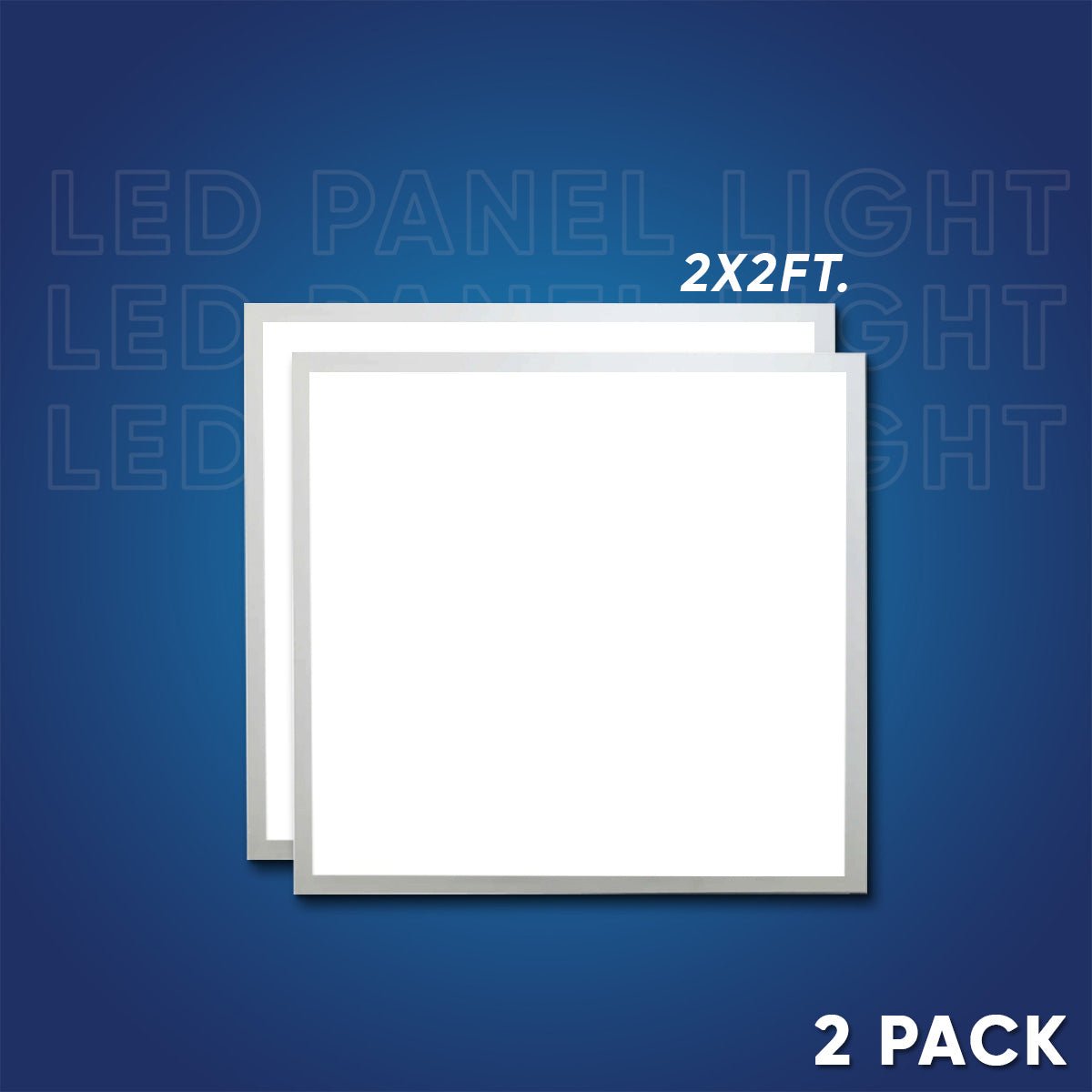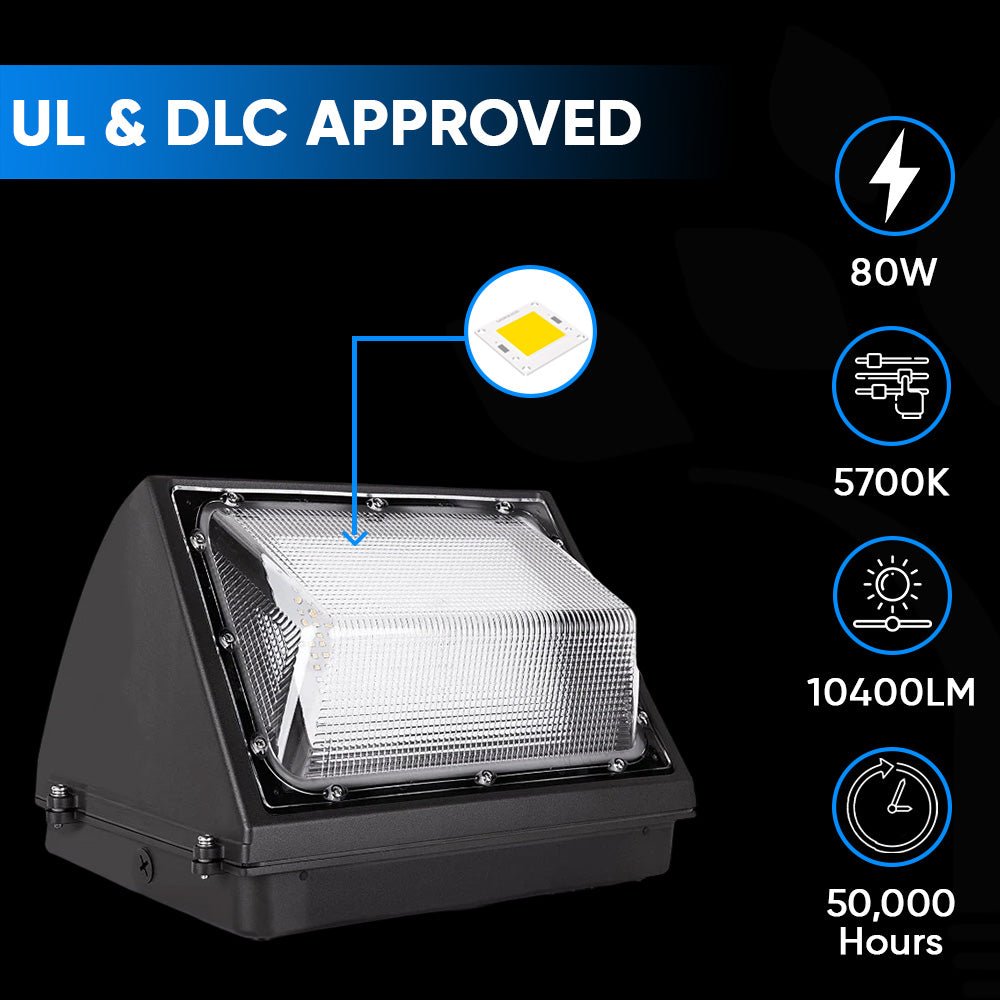Introduction
Ever walked into a room and felt it was too dim or overwhelmingly bright? Proper lighting can make or break the ambiance and functionality of a commercial space. Whether it’s an office, retail store, or warehouse, understanding how many lumens per square foot are needed is crucial for creating an effective and pleasant environment. Let's dive into the world of lumens and how they impact Commercial Lighting.
Understanding Lumens
Definition of Lumens
First things first, what exactly are lumens? Simply put, lumens measure the total amount of visible light emitted by a source. Unlike watts, which indicate energy consumption, lumens tell us how bright a light source will be.
Lumens vs. Watts: What's the Difference?
Traditionally, we’ve used watts to gauge the brightness of a bulb. However, with the advent of energy-efficient lighting like LEDs, watts have become less relevant. Lumens are now the go-to metric because they provide a direct measure of light output.
Factors Influencing Lumen Requirements
Purpose of the Space
Different spaces have different lighting needs. An office requires a different level of brightness compared to a retail store or a warehouse. The intended use of the space plays a significant role in determining the appropriate lumen count.
Types of Activities Conducted
The nature of activities in the space also affects lighting needs. For instance, detailed tasks like reading or assembly work need more light than activities like walking through a corridor.
Ceiling Height and Room Dimensions
Higher ceilings and larger rooms require more lumens to ensure adequate illumination. The spread of light from the source must cover the entire area uniformly.
General Lumen Recommendations for Commercial Spaces
Office Spaces
For general office lighting, aim for about 40-50 lumens per square foot. This provides enough light for desk work and reduces eye strain.
Retail Stores
Retail environments benefit from brighter lighting to highlight products and create an inviting atmosphere. Typically, 50-70 lumens per square foot works well.
Warehouses
Warehouses need robust lighting for safety and efficiency. Around 30-40 lumens per square foot is usually sufficient, but areas with detailed work may need more.
Hospitality Industry
Restaurants, hotels, and similar venues need versatile lighting. Dining areas might use 20-30 lumens per square foot, while kitchens and back-of-house areas require 50-70 lumens per square foot.
Educational Institutions
Classrooms and lecture halls should have 30-50 lumens per square foot to ensure students can see clearly, reducing eye strain and promoting better learning conditions.
Calculating Lumens Per Square Foot
Basic Formula for Lumen Calculation
To calculate lumens per square foot, use this simple formula:Total Lumens Required = Area in Square Feet × Lumens per Square Foot
Examples of Lumen Calculations for Different Spaces
-
Office (500 sq ft):
500 sq ft × 50 lumens/sq ft = 25,000 lumens -
Retail Store (1000 sq ft):
1000 sq ft × 60 lumens/sq ft = 60,000 lumens -
Warehouse (2000 sq ft):
2000 sq ft × 40 lumens/sq ft = 80,000 lumens
Choosing the Right Commercial LED Lighting
Benefits of LED Lighting
LEDs are a game-changer in commercial lighting. They offer longer lifespan, lower energy consumption, and reduced maintenance costs. Plus, they come in various color temperatures to match your desired ambiance.
LED Lighting Options for Various Commercial Spaces
From panel lights for offices to high-bay lights for warehouses, LED options are plentiful. Choose fixtures based on the specific needs of each space to maximize efficiency and lighting quality.
Energy Efficiency and Cost Considerations
Cost Savings with LED Lighting
Switching to LEDs can significantly reduce electricity bills. Although the initial investment might be higher, the long-term savings are worth it.
Energy Efficiency Metrics
When selecting LED lights, look for the lumens per watt (LPW) rating. Higher LPW means more light output for less energy, translating to better efficiency.
Lighting Design Tips for Commercial Spaces
Layering Light: Ambient, Task, and Accent Lighting
A well-lit space uses a combination of ambient (general), task (focused), and accent (highlight) lighting. This approach ensures functional and aesthetically pleasing illumination.
Importance of Natural Light
Don’t overlook natural light. It’s cost-free and has numerous health benefits. Use windows and skylights effectively to complement artificial lighting.
Maintenance and Longevity of LED Lights
Longevity of LED Lights
LEDs can last up to 50,000 hours or more, far surpassing traditional lighting. This longevity reduces replacement frequency and maintenance costs.
Maintenance Tips for LED Lighting
Keep fixtures clean and dust-free to maintain optimal performance. Regular checks and timely replacements of faulty units ensure consistent lighting quality.
Regulations and Standards for Commercial Lighting
Overview of Lighting Standards
Various standards, such as those from the Illuminating Engineering Society (IES), guide optimal lighting levels for different spaces. Compliance ensures safety and efficiency.
Importance of Compliance
Adhering to lighting standards not only ensures a safe environment but also helps avoid legal issues. It guarantees that the space is adequately lit for its intended purpose.
Case Studies and Real-World Examples
Successful Lighting Projects in Commercial Spaces
Consider a retail chain that revamped its stores with LED lighting. The result? Enhanced product visibility, improved customer experience, and substantial energy savings.
Lessons Learned from Real-World Implementations
One key lesson is the importance of planning. Properly assessing the space and understanding its lighting needs can prevent over-illumination and under-illumination issues.
Common Mistakes to Avoid
Over-Illumination and Its Consequences
Too much light can cause glare and discomfort. It's crucial to strike a balance to ensure a comfortable and productive environment.
Neglecting Lighting Controls
Dimming options and sensors can save energy and extend the life of your lighting system. Don't skip these controls in your lighting design.
Future Trends in Commercial LED Lighting
Smart Lighting Systems
Smart lighting is the future. These systems can adjust brightness and color temperature based on occupancy and time of day, enhancing both efficiency and user experience.
Integration with IoT
The Internet of Things (IoT) allows for seamless integration of lighting systems with other building technologies, enabling advanced control and monitoring.
Conclusion
Proper commercial lighting isn't just about illumination; it's about creating a space that's efficient, comfortable, and conducive to productivity. By understanding lumen requirements and leveraging LED technology, you can achieve optimal lighting for any commercial environment.
FAQs
Q. What are Lumens?
A. Lumens measure the total amount of visible light emitted by a source. They indicate how bright a light source is.
Q. How Do I Calculate Lumens Needed for My Space?
A. Multiply the area in square feet by the desired lumens per square foot. This gives you the total lumens needed.
Q. Why Choose LED Lighting for Commercial Spaces?
A. LEDs offer long lifespan, energy efficiency, and lower maintenance costs compared to traditional lighting options.
Q. What Are the Benefits of Smart Lighting Systems?
A. Smart lighting systems adjust automatically based on occupancy and time of day, saving energy and improving user experience.
Q. How Often Should I Replace My LED Lights?
A. LEDs can last up to 50,000 hours. Regular maintenance and timely replacement of faulty units ensure consistent performance.





























































































